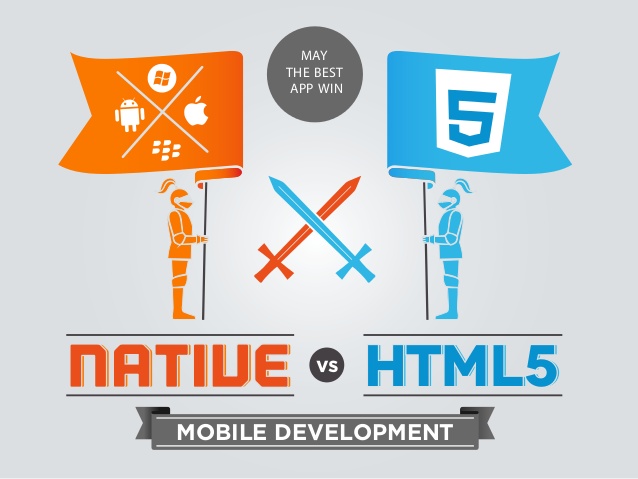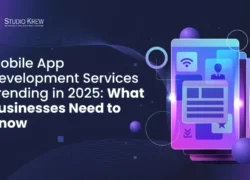Native Apps –
Major Features of Native Apps –
- They offer greater speed, more features, and an easier user experience.
- They have a responsive and fast UI/UX.
- It can be easily integrated with all native features, such as GPS, camera, etc.
- Users rave about the experience, making native apps more popular than ever.
- Time Consuming
- Requires More Investment
- Can only be developed using special languages & tools
- Requires language-specific Developers & Designers.
- Development can span long periods and may involve persistent bugs.
Hybrid Apps
- Data can be packaged on the Local and the Server.
- The development process is similar to making a website.
- They require less time and investment to bring your idea to life.
- You can integrate the website’s animations and graphics.
- Hybrid apps often boast a polished, attractive interface.
- Often requires redesigning for various platforms.
- Does not provide full root access
- Hybrid apps can feel sluggish compared to their native counterparts.





